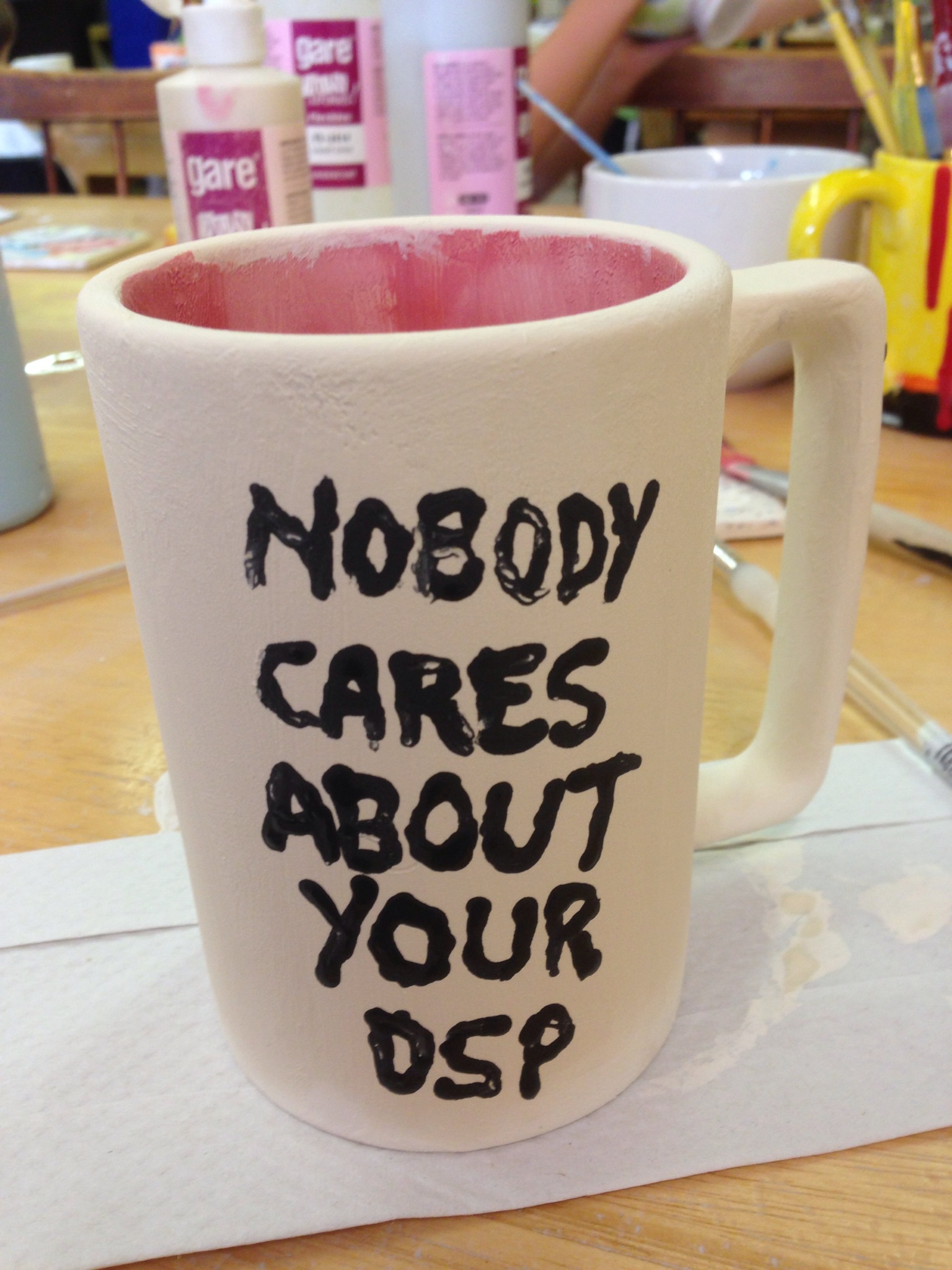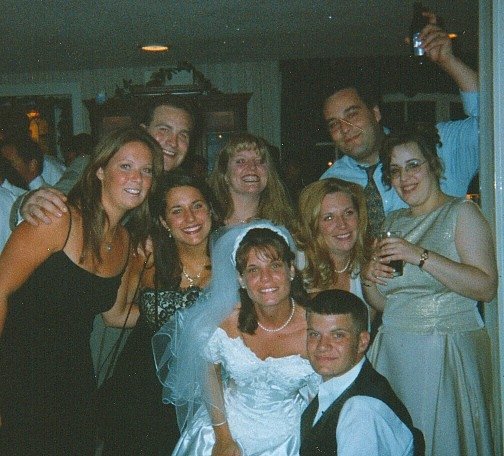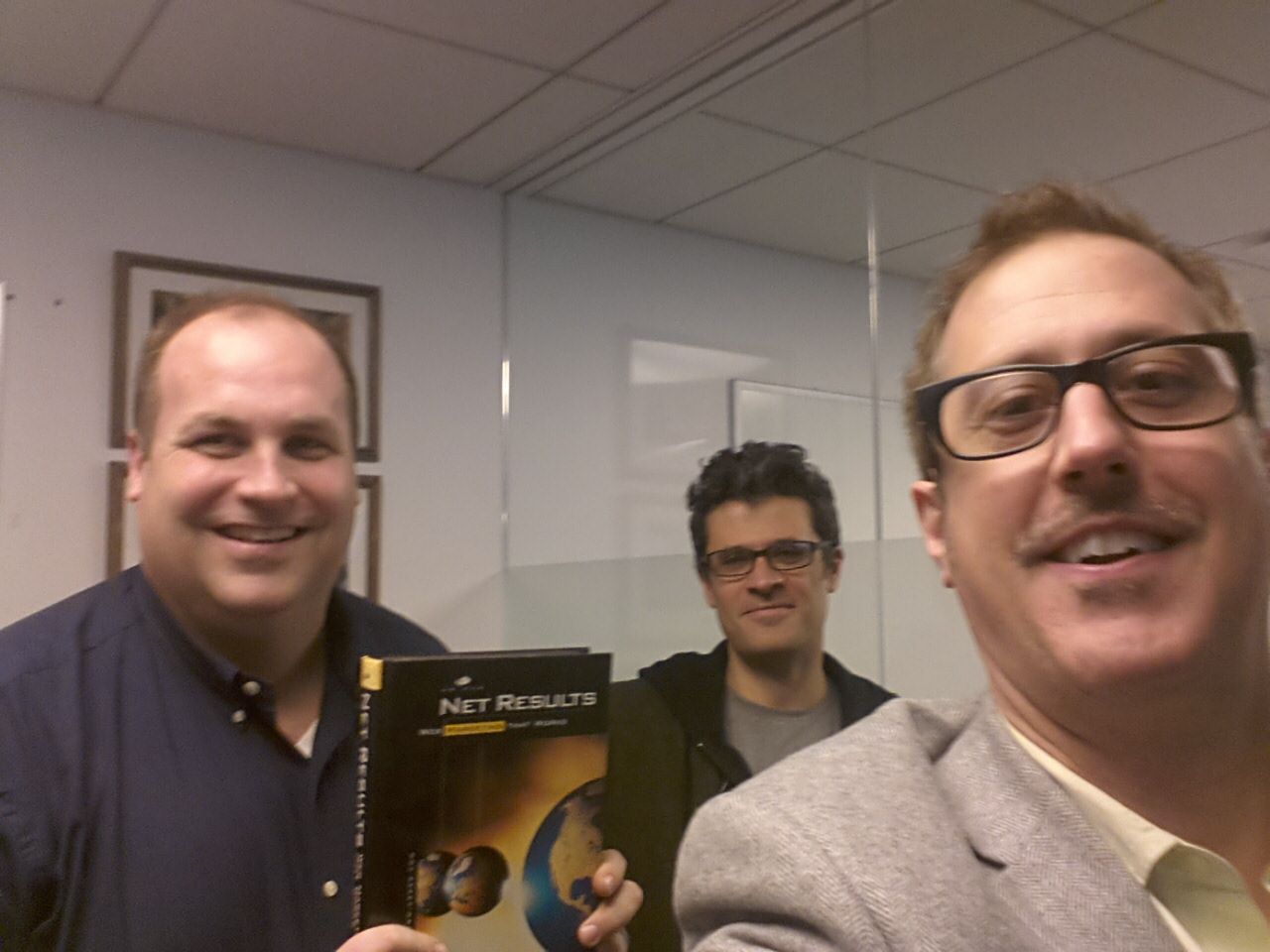Thinking Back to J-School Again
/This morning, I'm remembering a discussion we had back in journalism school. We were talking about how the media convey credibility - not necessarily when something is reported on the television news, but when something is mentioned on television in general. One thing that sticks in my head to this day was Professor Brian Richardson momentarily adopting a southern drawl in imitation of Joe Sixpack, saying "It's true...I seen it on the teevee" to illustrate his point. Lots of people, in their consumption of mass media, attribute legitimacy to things they get through the mainstream, regardless of the credibility of the source. I assume the presumption is that if what was presented wasn't true, it wouldn't be broadcast over the airwaves, printed in the paper, etc. I've been thinking a lot about this lately, and I think one of the big pain points concerning the mass media these days is that credibility is fluid, and many people aren't used to that. I remember watching the first Gulf War on CNN and pretty much believing everything I saw. But that's certainly not the case with war coverage these days (or pretty much anything that's reported in the mass media).
While it's true that plenty of news organizations have terrific credibility, increased transparency brought about by blogs, a new influx of new media outlets and increased criticism of the mainstream news media have shown many news consumers that institutions previously believed to be beyond reproach often get it wrong. But this is far from a "black or white" concept. Jayson Blair's fabrication of news stories didn't destroy the credibility of the New York Times forever - it damaged it to an extent, but the credibility is still there.
That's why we can have situations like this. A story can be broken by bloggers, but achieve added legitimacy by being re-reported in newspapers.
The idea that credibility is constantly in a state of flux jives with my prior assertions that we're in an interactive "Marketplace of Ideas" era where truth rarely exists in black and white, but rather in shades of grey. The driver behind moving something closer to black or white on the truth scale is the infrastructure for supporting conversations. We're in a period where that infrastructure is still emerging, thus the pain we're all feeling. Asking someone to make truth judgments in this evolving marketplace is like dropping someone off at a giant mall in a foreign country where the shopper has never heard of many of the stores and doesn't yet know who to trust with their business.
What many news consumers are looking for, subconsciously, is a stable of trusted sources for news and opinion. And it's less a question of whether they'll eventually find those sources, and more a question of what will fill that vacuum today and in the future.
More choice is a good thing, but we can't expect a huge shift in the way people consume news without a good deal of pain along the way.












































